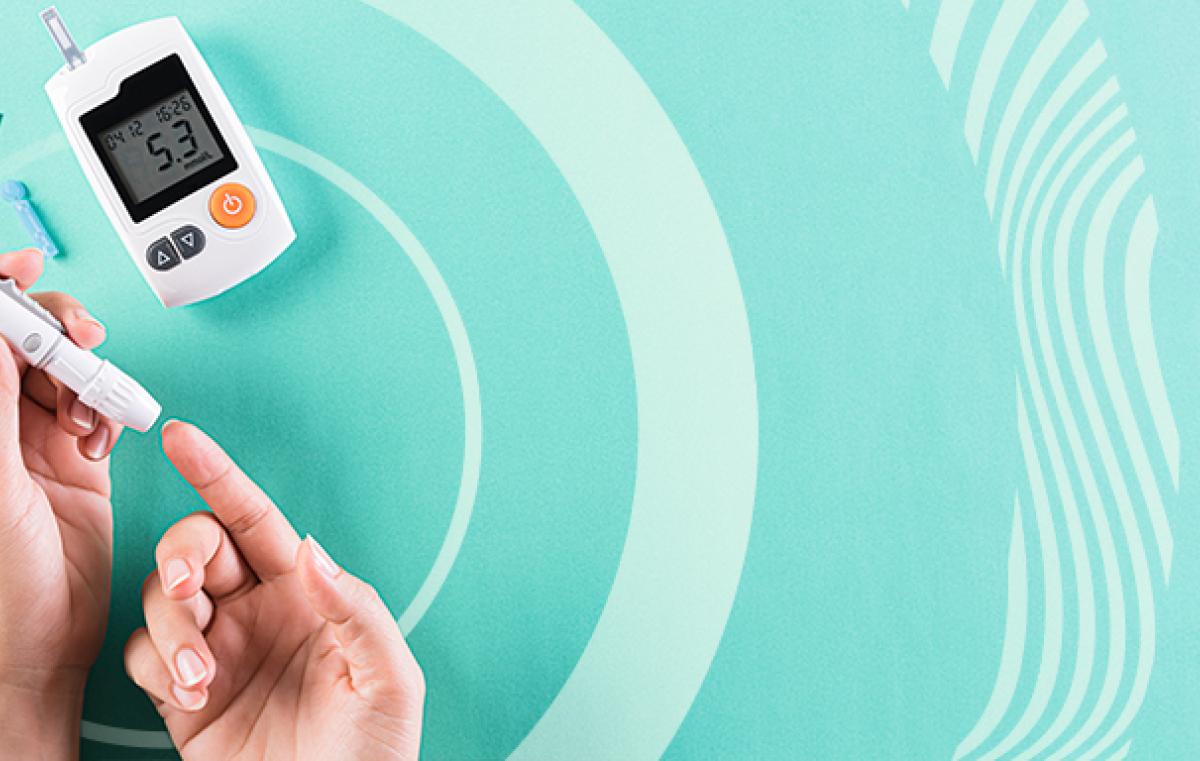100 Years of Insulin Use for Diabetes
Prof. Naim Shehadeh, of BIU’s Azrieli Faculty of Medicine, writes about the drug that inspires hope, as we mark the 100th anniversary of its use to treat diabetes

One hundred years ago this January, insulin was first used to treat diabetes. Prof. Naim Shehadeh, one of Israel’s top endocrinologists, President of the Israeli Diabetes Association, and Director of the Russell Berrie Galilee Diabetes SPHERE, writes about the drug that inspires hope in the lives of diabetes patients.
Insulin is a hormone that is closely linked with the body’s metabolism. It plays a vital role in controlling energy storage, is responsible for regulating blood sugar levels and is secreted from “beta cells” found in the pancreas. Insulin secretion is mainly affected by blood sugar levels and its main function is to get the sugar into the body cells. The cells have insulin receptors, through which cells absorb insulin, causing the cell membrane glucose transporters to open and transfer the sugar molecules from the blood into the cell. Insulin deficiency causes an increase in sugar levels, which characterizes diabetes.
The discovery of insulin 100 years ago was one of the most important breakthroughs in the history of medical science. Until this discovery, there was no effective treatment to save the lives of patients with type 1 diabetes (juvenile, insulin-dependent diabetes). Moreover, the discovery contributed to a better understanding of the pathophysiology of this common disease.
Since the discovery of insulin, there have been many improvements in the drug’s production and properties. Initially, insulin was produced from animals, mainly cows and pigs (the pig’s insulin is most similar in structure to human insulin). From the 1980s, genetic engineering has evolved and that has made it possible to produce human insulin in laboratory conditions using yeast and bacteria.
This innovation also did not constitute the glass ceiling of the development of insulin treatments, and the last stage was the development of new preparations called “insulin analogs”. These are different insulin molecules, which are endowed with desirable therapeutic properties to improve use and to fulfill clinical needs of patients, such as the rate of absorption under the skin, potency, stability, and gradual and uniform release over time.
Even these days, development efforts are ongoing, with many ideas of “smart” insulin formulations being tested. Their activity will be conditional on the blood sugar level in order to prevent extreme fluctuations in sugar levels, and especially to prevent sharp decreases, known as hypoglycemic episodes.
Technologically, there has been a huge improvement in insulin pumps (small, accurate and easy to operate) and thus, there has been a significant increase in their use. The new insulins were adapted for use in pumps in terms of molecule stability, rapid absorption, and a quick effect within minutes.
The Russell Berrie Galilee Diabetes SPHERE, directed by Prof. Shehadeh is a comprehensive public health program launched by Bar-Ilan’s Azrieli Faculty of Medicine, which aims to tackle diabetes and reduce healthcare disparities in Israel’s north, while developing innovations that will have a global impact.